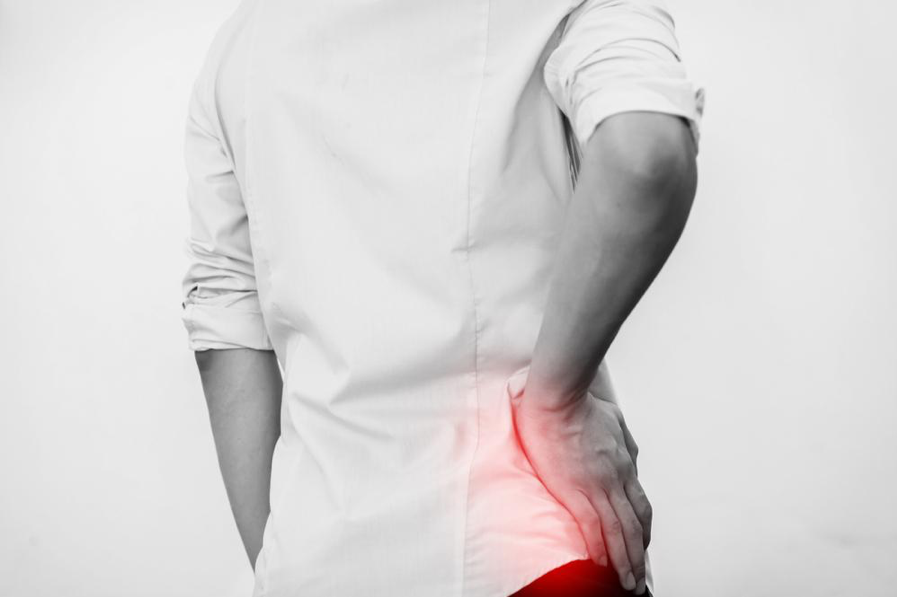Are you suffering from lower back pain?
Have you ever considered that you may have sacroiliac joint (SIJ) dysfunction rather than a lower back problem?
I see this condition often in clinic as too much or too little movement in this joint can create problems. This joint is found in the pelvis and is a small joint allowing only 2-4 mm of movement. However, this small amount of movement is very important as it helps to maintain balance in the spine and pelvis during activities such as running, walking and especially during the expansion of the pelvis during childbirth.
Trauma can effect this joint, such as falling heavily on the buttocks, twisting your ankles or other conditions such as muscle overuse, bad posture, knee or hip arthritis can all increase the stress and can cause misalignment, injury and pain arising from the SIJ.
Pain can have a huge impact on our lives, if you have ever experienced acute or long term pain you will know that it is very debilitating and it can be very difficult to function or think of anything else. SIJ Pain can range from dull ache to a sharp, stabbing pain and can increase with physical activity. The muscles in the buttocks area often try to help the joint and they respond by becoming very tight. Sometimes the pain radiates down the leg and as far as into the knee and may mimic a sciatic pain or a disc herniation in the lumbar spine.
Symptoms of Sacroiliac pain
Symptoms typically are related to difficulties with movement or positions like sitting, standing, bending forward, putting on socks or shoes, climbing up and down the stairs, running or rising from a seated position.
Typical examples include:
- Lower back pain
- Buttocks, Hips and pelvic pain
- Groin pain
- Unilateral SIJ pain
- Increased pain when standing up from a sitting position
- Numbness
- Weakness
- Sciatic leg pain
- Feeling like your leg lacks stability
What to expect from a treatment?
All osteopaths will take patient medical case history and do a postural assessment to find any imbalances in your body which may cause issues in your SIJ.
In addition, clinical tests are performed to confirm the source of your pain. If suitable, I will explain the condition and give a plan of how many treatments to expect in order to create change in the tissues and I will explain how they can help.
My treatment involves the use of different forms of manual techniques including getting the joints moving, aligning and unlocking all the structures related to the SIJ to create balance and stability between the pelvis and the spine.
It is important to strengthen the area so I will give you exercises and advice aimed at improving your posture and maintaining your best health conditions for your muscles and your joints.
If you feel that you could be suffering from any pain similar to above, then do not hesitate to book in for an appointment to see how we can help.


